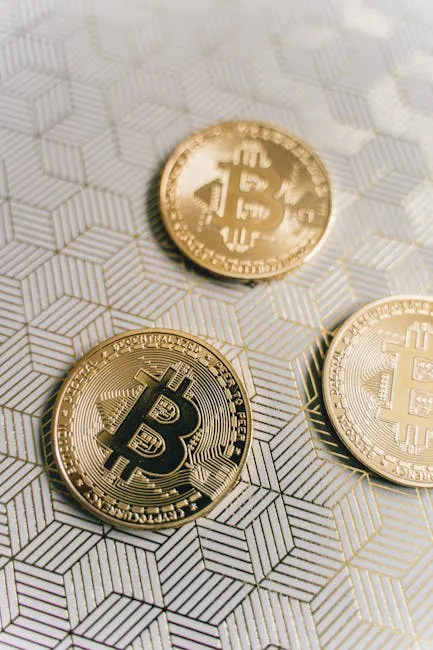
Mercado Bitcoin Bets Big on XRP Ledger for $200M Tokenization Initiative
In a bold move signaling the growing importance of real-world asset (RWA) tokenization, Latin America’s largest crypto exchange, Mercado Bitcoin, has announced plans to deploy $200 million in regulated financial instruments on the XRP Ledger (XRPL). This strategic partnership underscores the accelerating adoption of blockchain technology for traditional asset digitization, following Ripple and Boston Consulting Group’s projection of a $19 trillion tokenized asset market by 2033.

Why XRP Ledger?
The XRP Ledger, known for its speed, low costs, and regulatory-friendly features, has emerged as a preferred platform for institutional-grade tokenization. Mercado Bitcoin’s decision aligns with XRPL’s growing ecosystem of RWA use cases, including commodities, bonds, and real estate. Key advantages include:
- Scalability: 1,500+ transactions per second with minimal fees
- Compliance-ready: Built-in KYC/AML capabilities
- Interoperability: Native cross-chain functionality via bridges
The $19 Trillion Opportunity
As traditional finance converges with blockchain, RWAs represent one of crypto’s most tangible growth vectors. Mercado Bitcoin’s initiative targets Brazil’s burgeoning market for:
- Tokenized credit notes
- Agricultural commodity contracts
- Government-regulated investment products
What This Means for Investors
This development signals three critical trends:
- Institutional validation: Major players are committing infrastructure to RWAs
- Regulatory progress: Brazil’s proactive stance contrasts with US uncertainty
- XRP utility expansion: New use cases beyond payments
Industry analysts suggest this could trigger similar moves by competitors, potentially reshaping how emerging markets access capital through blockchain rails. As Mercado Bitcoin’s CEO noted: “Tokenization isn’t the future—it’s the present being rebuilt.”
With the first tranche of tokenized instruments expected by Q4 2024, all eyes will be on whether this $200M experiment can unlock the trillion-dollar RWA potential forecasted for the decade ahead.



